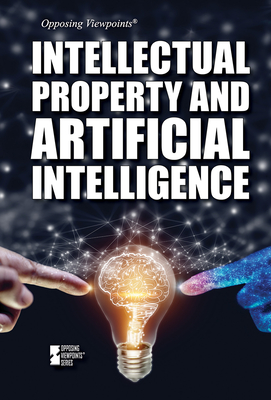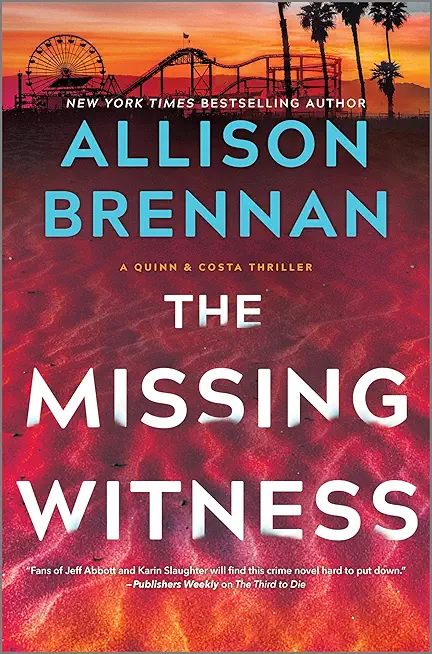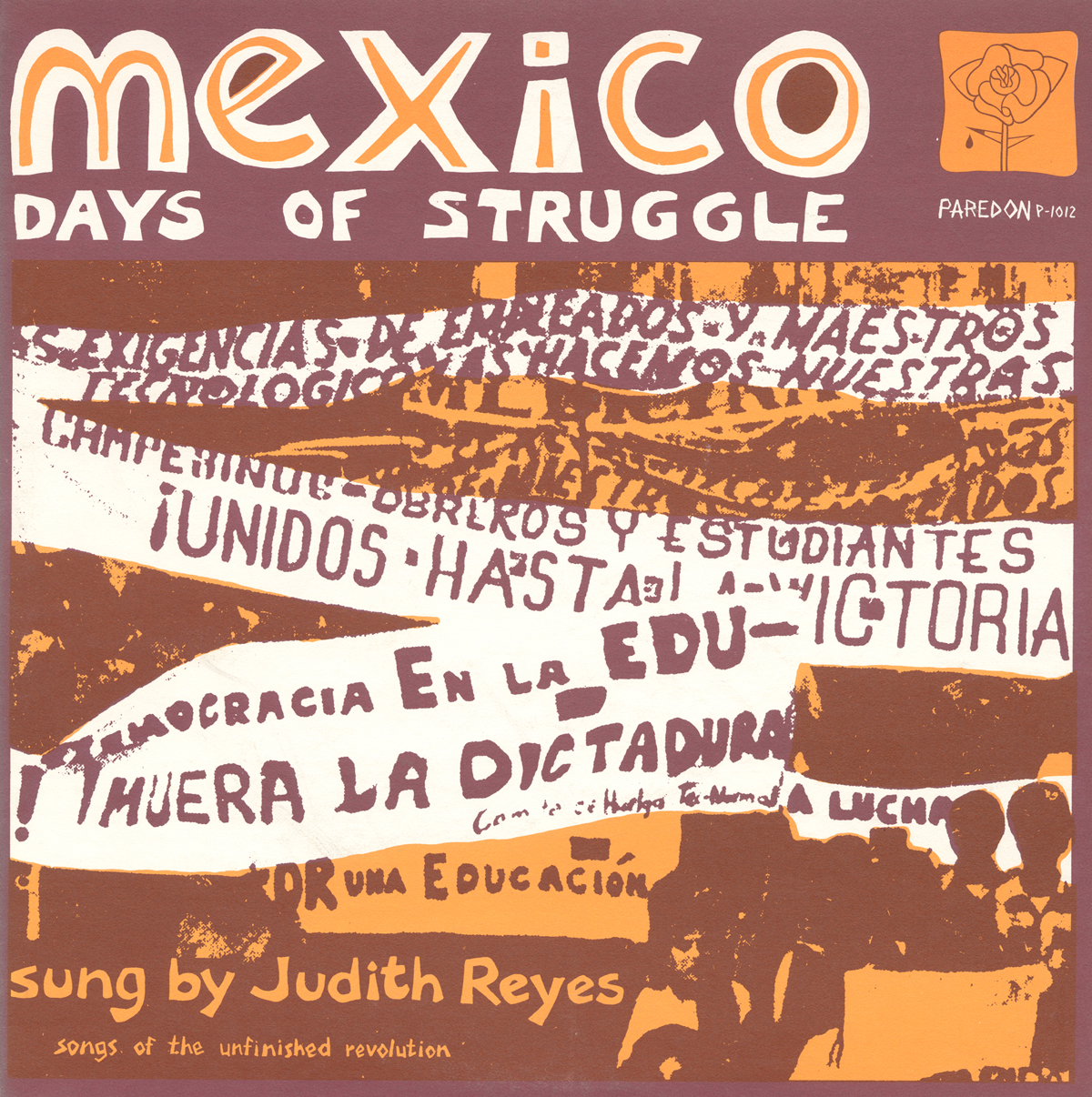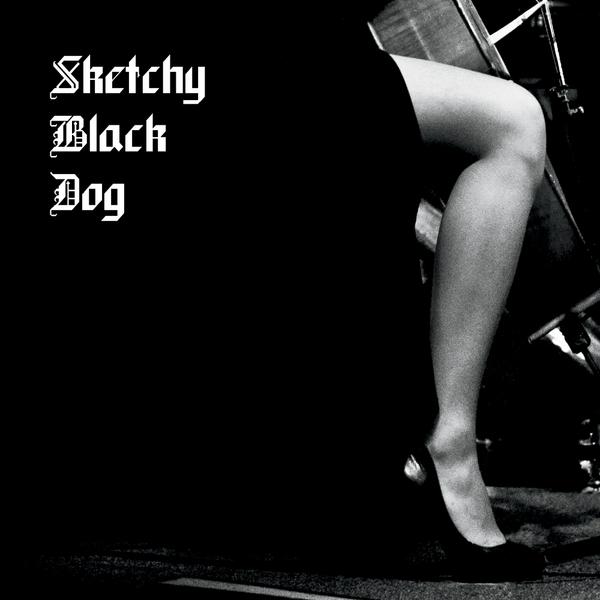
description
igence like ChatGPT and other large language models have been introduced, many people have expressed excitement and concern about their generative potential. Could AI be used to write a book, make a movie, or create a picture that's just as good as--or maybe even better than--those created by humans? But with these questions come other legal and ethical questions. Data is used to "train" ChatGPT and other forms of AI, but where is this data coming from, and does using it violate the rights of human creators? Furthermore, when the work AI produces strongly resembles or even directly mimics the work of human creators, what intellectual property rights do the creators have? This volume examines these questions and others related to the murky intersection of AI and intellectual property, including whether the use of AI on school assignments is considered plagiarism.
member goods
No member items were found under this heading.
Return Policy
All sales are final
Shipping
No special shipping considerations available.
Shipping fees determined at checkout.







